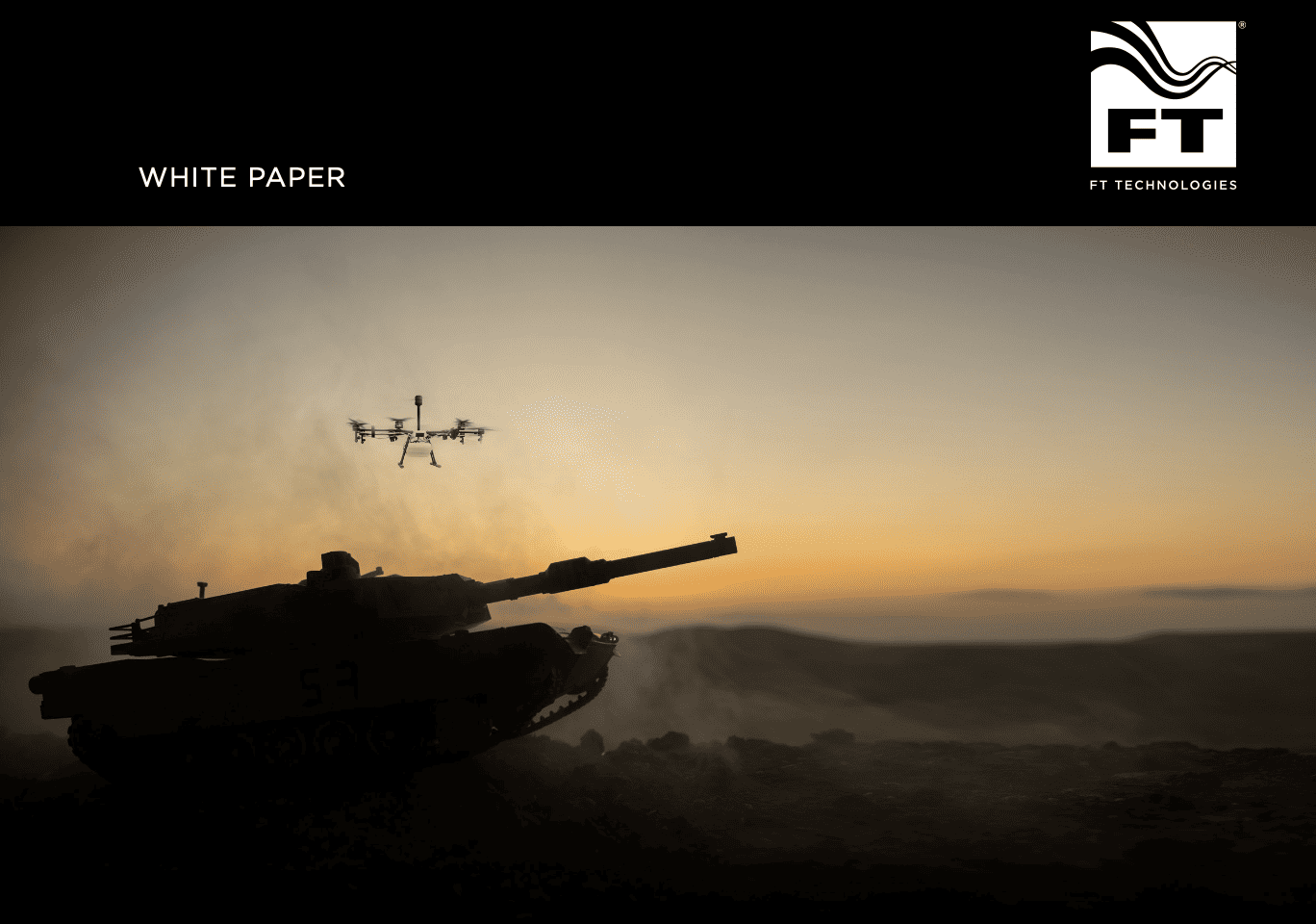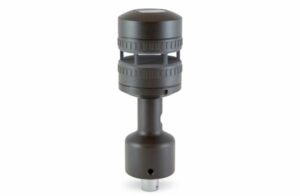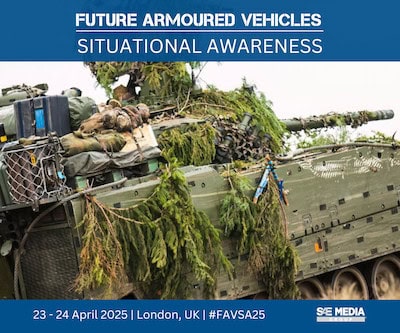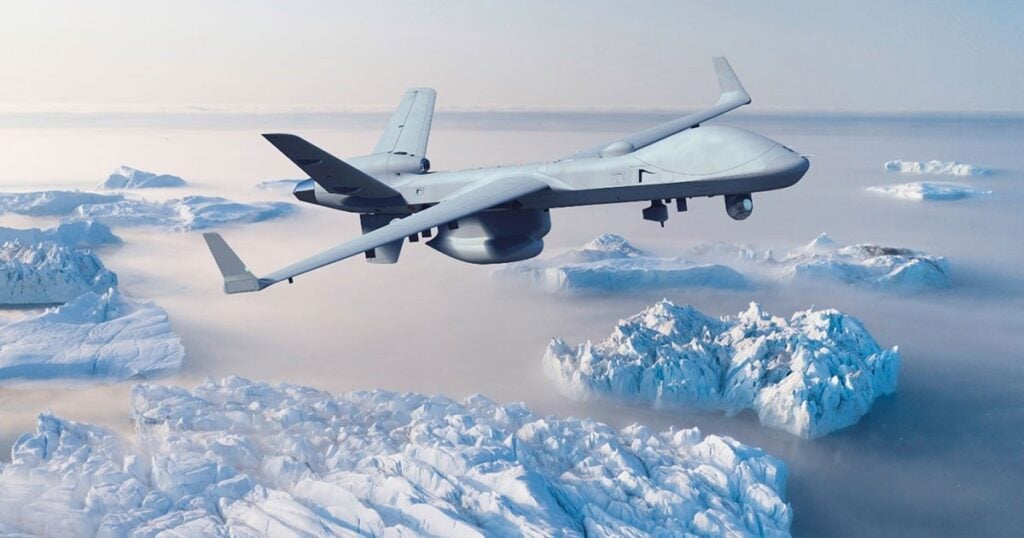
Meteorological Measuring Systems & Weather Stations
Discover cutting-edge solutions from leading global suppliersFT Technologies has released a whitepaper that explores the effects of atmospheric conditions on ballistic flight.

PRECISION FIRE CONTROL
Accurate shooting is key across the military. Targets will be stopped more quickly, and accurate shooting reduces the amount of ammunition consumed. Accuracy is also becoming increasingly important during training exercises as urbanization reduces the available space for training.
Historically, ballistic tables have been used to allow for quick look-up of aiming adjustments based on the prevailing wind conditions and the range to the target. The wind speed has typically been estimated based on environmental cues such as the movement of trees, grass and smoke across the expected trajectory of the shot.
As computers have become portable, they have been used to make accurate aiming adjustments in the field in real time. Ballistic computers are already prevalent in armored vehicles which commonly implement wind sensors to provide input data.
MODELLING BALLISTIC FLIGHT
To study the effects of weather changes on ballistic flight, we have created a model using the flat-fire approximation. This model holds true when the trajectory of the projectile is close to horizontal across the entire flight path. Changes in wind speed and direction, air temperature, air pressure and relative humidity have been investigated.
Modeling has been performed for a medium caliber 30 x 165 mm shell with a 53 mm ballistic cap. This ammunition is used by naval AK- 630 or AK306 close-in weapon systems. Drag coefficients for the shell have been modelled by Savastre et al. [1] A distance to target of 1250 m has been selected to ensure the shell remains at supersonic speeds across the entire flight path.
OUR FINDINGS

FT742-DM ultrasonic wind sensor
Changes to pressure and humidity have a limited impact on the ballistic path of the shell, with range changes of ±5 m and ±2 m respectively for realistic changes in atmospheric conditions.
Daily temperature changes in the Sahara Desert were used to provide a reasonable worst-case scenario, as desert regions have large temperature shifts between day and night. The change in range between the maximum and minimum temperatures was found to be 48 m.
Range-winds have been shown to be a much more significant factor on accuracy than crosswinds, although both are significant factors. A tailwind of 10 m/s will cause the shell to overshoot the target by 155 m, whilst a 10 m/s crosswind will cause the shell to drift 5.4 m wide of the target, still enough to miss a target.
Crosswinds have been shown to have the most impact on drift when they occur at the beginning of the shell’s flight, showing that the wind at the firing point is the most important factor when correcting for wind drift.



















